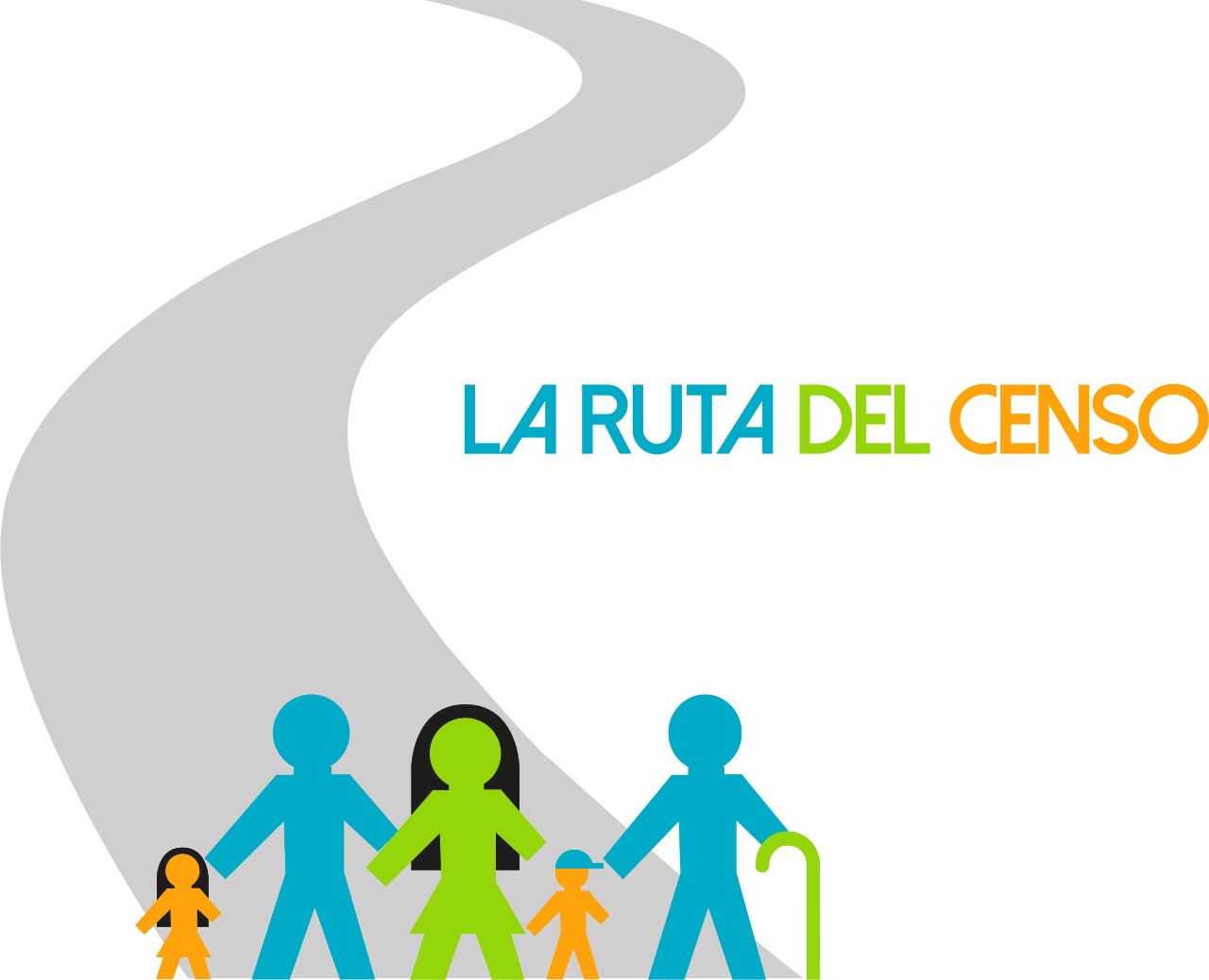Upside Down Democratic Outcomes: Stating the Complacency Conditions Under Which Extreme Democratic Outcomes Such as BREXIT and USEXIT Should Be Expected to Take Place Using Qualitative Comparative Means
 By Lucio Muñoz: Independent Qualitative Comparative Researcher / Consultant, Vancouver, BC, Canada
By Lucio Muñoz: Independent Qualitative Comparative Researcher / Consultant, Vancouver, BC, Canada
Email: munoz@interchange.ubc.ca
Abstract
It can be said a) that the world of democratic outcomes(DO) is the world where the democratic process(V1) bring together competing group of individuals in order to determine who rules in that democracy; and b) that without clear participation and voting rules, the resulting democratic outcome(DO) can be a normal democratic outcome(NDO) where the majority view rules or an extreme democratic outcome(EDO) where the minority view rules depending on whether the will of the majority(T) or the will of the minority(M) is reflected by the group who wins the democratic process(V1). In other words, if there are no clear rules governing participation and winners and losers in a democracy anything can happen.
It can be said that the world of normal democratic outcomes(NDO) is the world where the majority view(T) wins the majority rule based voting contest(V = TM ) one person one vote as everybody is expected to participate and vote. In other words, this world operates under no complacency(NC) or no protest behavior. Here, there are clear rules governing winners and losers as well as there are clear participation expectations: the true majority(T) wins under no complacency(NC) and the true minority(M) loses as all members vote for the candidate of their preferred choice. And therefore, in true democracies under majority rule the following holds true: V1 = V = TM, where T wins.
If we look at extreme democratic outcomes(EDO) as the total opposite of normal democratic outcomes(NDO), then it can be said that the world of extreme democratic outcomes(EDO) is the world where the true minority view(M) wins the majority rule based voting contest(V) one person one vote in a true democracy and where the view of the true majority(T) loses as the democratic process in this case is operating under some kind of minority rule friendly complacency behavior(C = ?). In other words, extreme democratic outcomes(EDO) take place when democratic systems are under some time of extreme democratic outcome friendly complacency(C = ?) or protest behavior. This is true because the opposite of no complacency(NC) is complacency(C) so extreme democratic outcomes(EDO) can be seen as normal democratic outcomes(NDO) when upside down, but they require a special type of complacency(C = ?) to take place and to persist, a minority rule friendly one.
And notice that if we know the specific type of minority rule friendly complacency(C = ? = C*) that leads to extreme democratic outcomes(EDO) then we can device ideas on how to reverse them totally or partially or we can see ideas on how to avoid them all together. As you may know, in 2017 the UK decided to seek a wider mandate for BREXIT and the BREXIT side lost the referendum, a result that signaled a weaker mandate reversing the EDO tendency partially; and notice that democracies that were supposed to go extreme in 2017, the Netherlands, France, Germany, and so on stayed within the normal democratic outcome(NDO) world, and the question in all those cases is why that was the case?.
Therefore, the sudden coming of extreme democratic outcomes(EDO) in 2016 such as BREXIT and USEXIT raised important questions relevant to understanding the behavior of the majority rule based democracy when upside down. Among the relevant questions raised are the following: a) What type of complacency(C = ?) leads to extreme democratic outcomes(EDO)?; b) What is the structure of BREXIT and USEXIT in terms of this specific type of complacency?; and c) What can be done to reverse and also what can be done to avoid extreme democratic outcomes(EDO)?. Among the goals of this paper is to provide an answer to these questions both graphically and analytically using qualitative comparative means.






